Can we STOP Neo's flowering ?
devo_2006
16 years ago
Related Stories

GARDENING GUIDESHow to Stop Worrying and Start Loving Clay Soil
Clay has many more benefits than you might imagine
Full Story
LAWN ALTERNATIVESStop Fighting the Patchy Lawn!
Here are 3 situations where a garden may be a better idea than more turfgrass
Full Story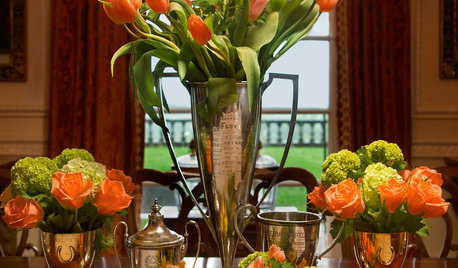
DECORATING GUIDESEntertaining: Hosts Pull Out the Stops for Kentucky Derby Parties
Walk through the lavishly appointed Malvern House as designer Lee W. Robinson shares tips for gatherings that go the distance
Full Story
LANDSCAPE DESIGNSmall Garden? You Can Still Do Bamboo
Forget luck. Having bamboo that thrives on a wee plot just takes planning, picking the right variety, and keeping runners in check
Full Story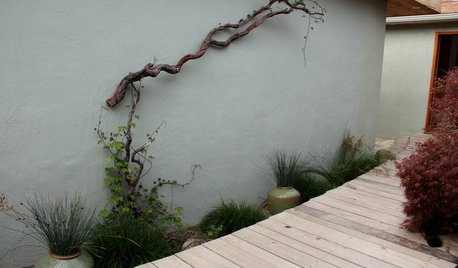
DECORATING GUIDESSee How Wabi-Sabi Can Bring Harmony and Beauty to Your Home
Create your own wabi-style style with beautifully weathered, humble materials around the house
Full Story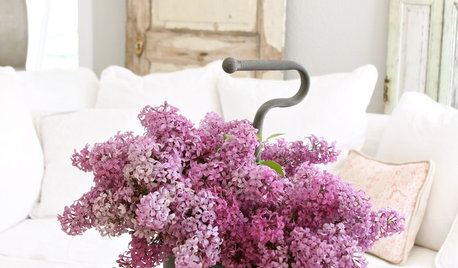
GARDENING GUIDESLet Lilac Love Flower This Spring
Whatever you bestow or receive for Mother's Day, lilacs can be an unmatched gift in the garden in May
Full Story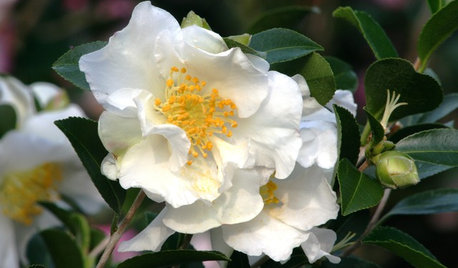
WINTER GARDENING6 Flowers for Gorgeous Winter Garden Color
Blooming beauties can be yours from January through March — just take your pick from these bulbs, shrubs and even a tree
Full Story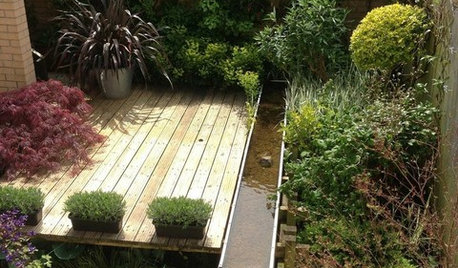
LANDSCAPE DESIGNSee Chelsea Flower Show Ideas Flourishing in a Real Backyard
Can trends in high-design show gardens translate to everyday yards? The proof is in the plantings
Full Story
GARDENING GUIDESOh, Deer! 10 Native Flowers That Stand Up to the Herds
Keeping a garden amid hungry deer can be hard, but these plants should fare well
Full Story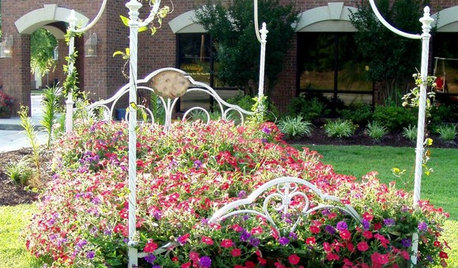
CONTAINER GARDENSYes, You Can Grow a Plant In That
You can upcycle your old typewriter, paint cans, tires and many more things into places for your plants
Full StoryMore Discussions






LisaCLV
bromeliaddict
Related Professionals
Wrentham Landscape Architects & Landscape Designers · Port Royal Landscape Architects & Landscape Designers · Salisbury Landscape Architects & Landscape Designers · Darien Landscape Contractors · Ellensburg Landscape Contractors · Englewood Landscape Contractors · Hollywood Landscape Contractors · West Palm Beach Landscape Contractors · Peoria Fence Contractors · Arcadia Fence Contractors · Teaneck Fence Contractors · East Palo Alto Fence Contractors · Kenosha Siding & Exteriors · Ramona Siding & Exteriors · Yorkville Siding & Exteriorsbob740
aroideana
sander_s
bob740
hanwc
LisaCLV
bob740
hotdiggetydam
sander_s
bob740
jaga
sander_s
jaga
avane_gw
sander_s
rickta66
rickta66